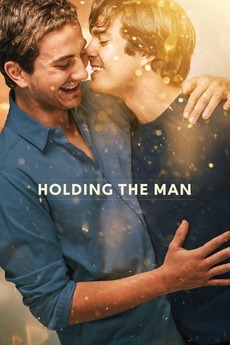 Holding the Man
Holding the Man
Directed by Neil Armfield
Screen Australia, et al.
WHILE Australian movies have pursued gay themes before, few until recently have dared to go much beyond hyperbole or homoeroticism. That changed last year with the release of Holding The Man—recently released in the U.S.—with its unapologetic portrayal of a true but tragic gay love story. Based on the bestselling memoir of the same name, it’s the tale of two young men who fell in love at a Catholic boys college in Melbourne in the 1970s and continued their relationship until dying from AIDS in the early 1990s. The movie captures a time and place when being gay, let alone openly gay in a relationship in high school, was unheard of.






